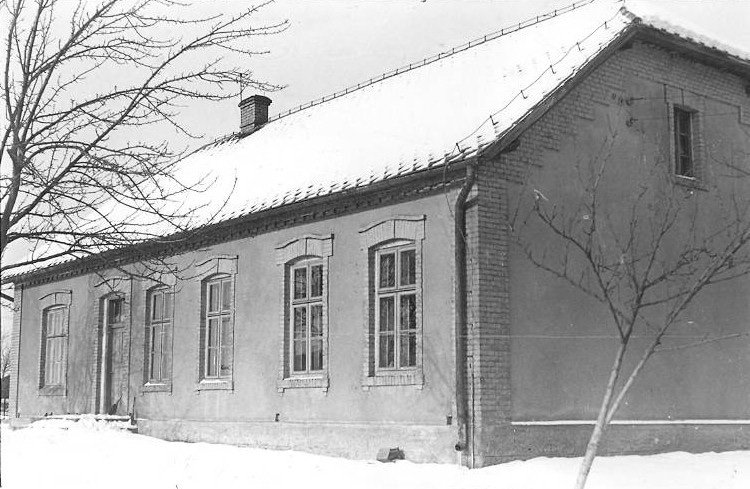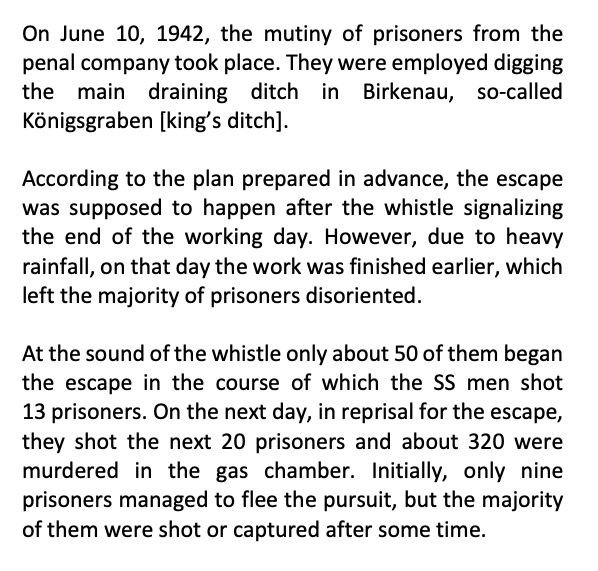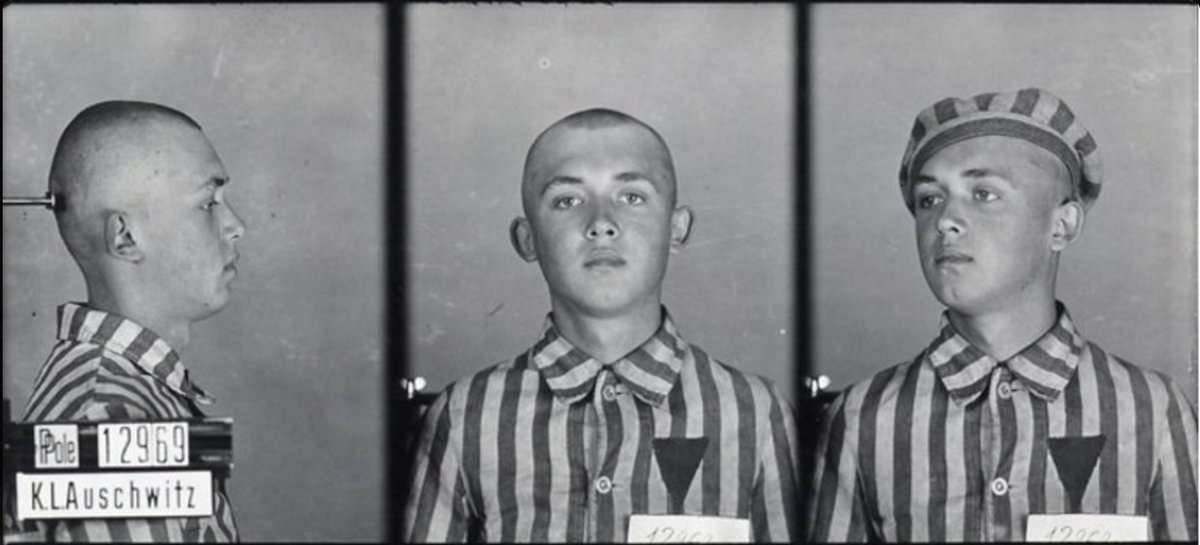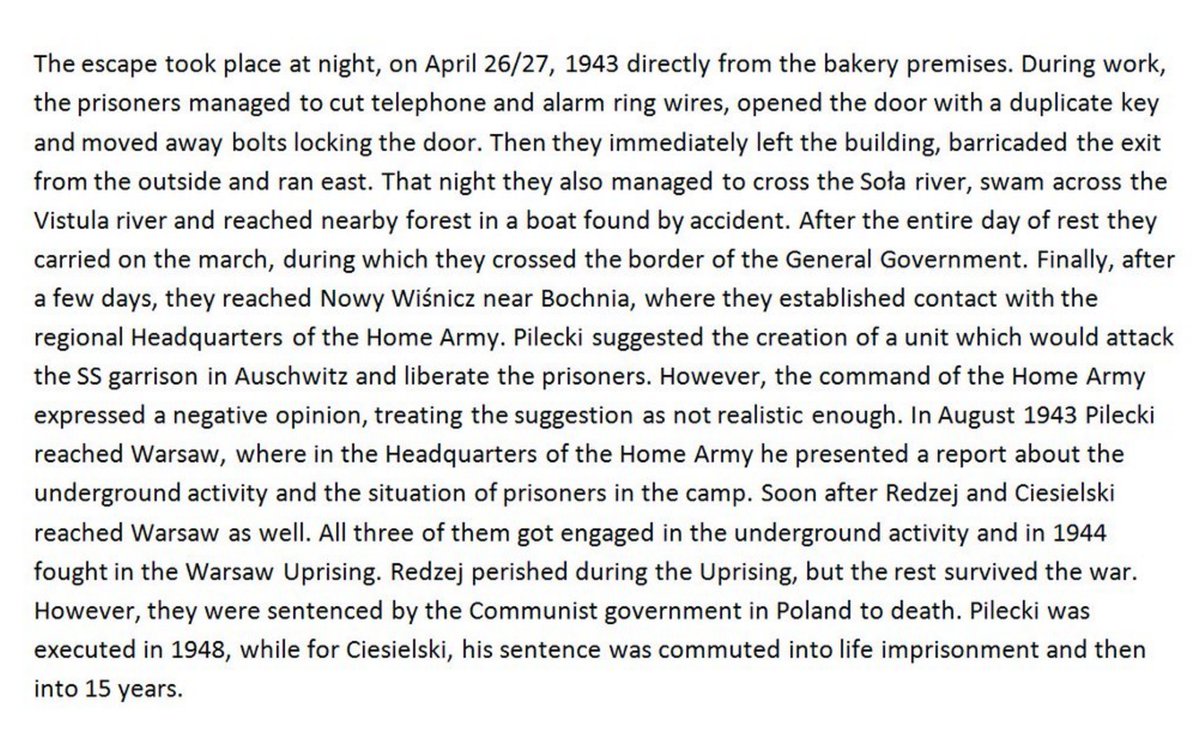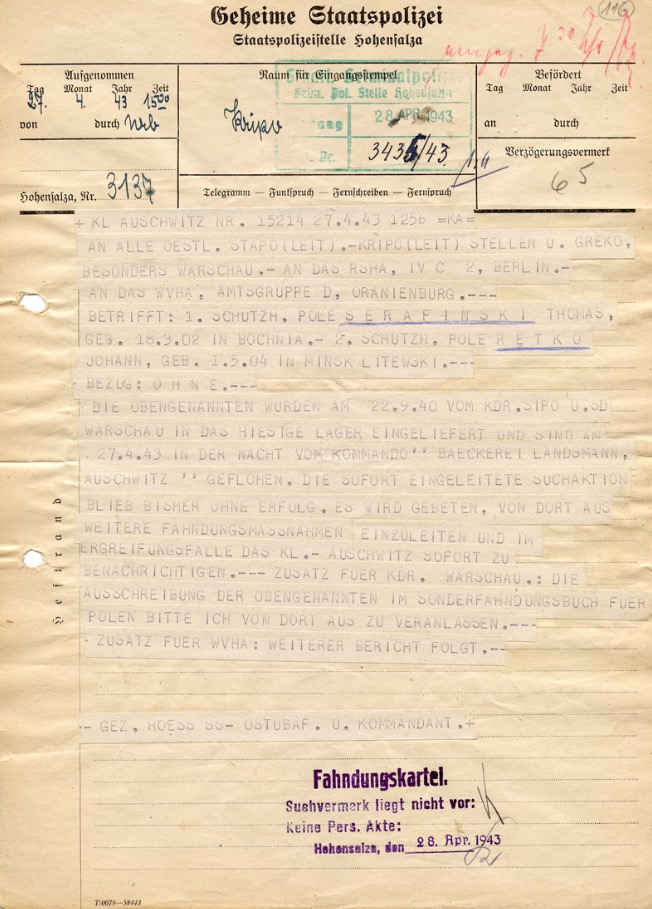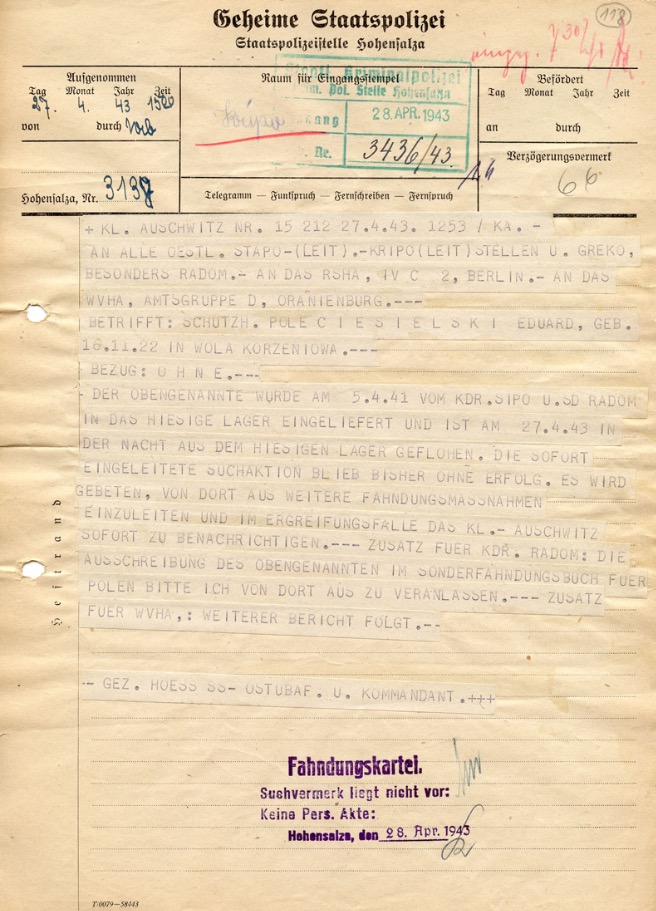
11 November 1941 | On the Polish Independence Day the Germans carried out the first execution by shooting in the yard of Block 11 of the #Auschwitz camp. Most probably 151 people were shot in the back of their heads - almost all of them Poles. #11listopada 1/5 

Among the executed on 11 November 1941 there were 27 prisoners kept in bunkers of Block 11 for various offenses & 44 prisoners summoned from the camp by the Political Department (camp Gestapo). Unconfirmed accounts mention 80 Poles transported from the prison in Mysłowice. 2/5 

The victims had to undress completely inside Block 11 washrooms. Then their hands were tied. Before the execution, their numbers were written on their chests or their thighs. They were shot in the back of their heads by SS-Hauptscharführer Gerhard Palitzsch. 3/5 



In his report from 1945 captain Witold Pilecki mentioned one of the victims of the execution. A sculptor and reserve lieutenant Tadeusz Lech (camp no. 9235) told him a few hours before his death: „It makes me happy that I’ll die on November 11”. 4/5 



In the camp death certificated of prisoners who were executed on 11 November 1941 it was written: "Erschiessung wegen Widerstand gegen die Staatsgewalt” (Shot for resistance to state authorities). 5/5
• • •
Missing some Tweet in this thread? You can try to
force a refresh








